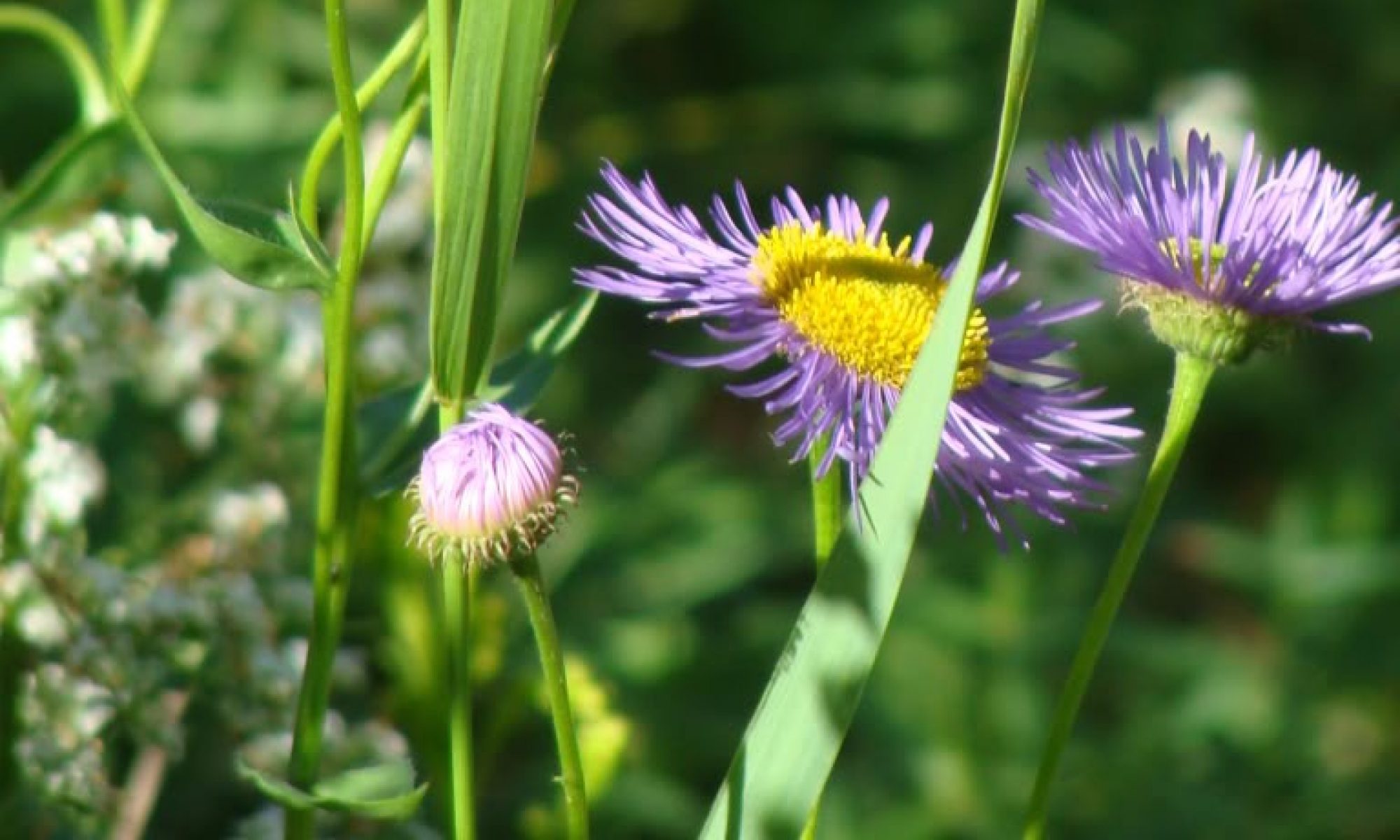The rain stopped falling by around noon today and I headed out to get my native plants into the soil. It only took a couple of hours, which was good news. My process was to dig holes in the new soil with a trowel, put organic fertilizer powder in and mix it with the bottom soil, drop a Jobes organic fertilizer spike in the hole after breaking it in half, setting the plant in and making sure I got soil back around and over the root ball. A few of the plants needed to have their roots broken up, as well. I was happy they all seem vigorous!
Placing them was tricky. Thinking of planting in layers, rather than just in two dimensions is pretty different. knowing that the trees will get tall, so shrubs can be under them and herbaceous perennials can fit right up under the shrubs. I tried to be a bit more random in my groupings and spacing, the way things might look in nature. We’ll see if I succeeded.

Dicentra, Ribes, Gaultheria, Rhododendron, Asarum. 
Dicentra, Ribes, Tellima, Corylus, Trillium. 
All of the plants are in place in a 4-to-8 foot strip next to the existing raised bed. 
Vaccinium ovatum in the upper left. 
Rubus (parviflora and spectabilis) to the left, Mahonia repens center. 
Vaccinium to the left, Rubus parviflora (two to the left/middle, and Rubus spectabilis, the big bushy plant to the right. Tellima 
Mahonia aquifolium, Rosa species, Tolmiea menziesii, Arctostaphylos uva-ursi, Vaccinium. 
Mahonia, Rosa, Vaccinium. 
Symphyotrichum subspicatum (three plants on the left), also called Douglas aster. 
A sign that I put up today to spread the good word about Homegrown National Park. 
One of the critters I’m hoping to see more of–saw this chestnut-backed chickadee in the garden today.
